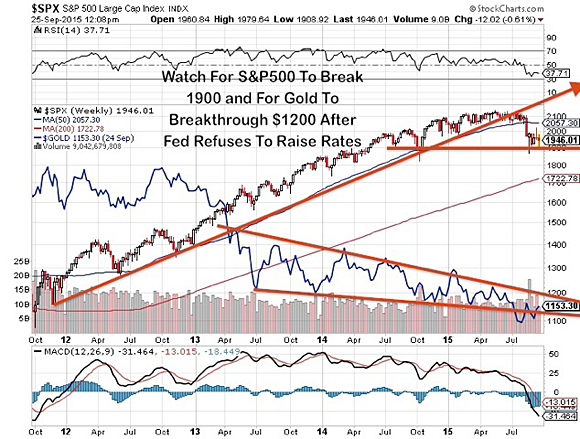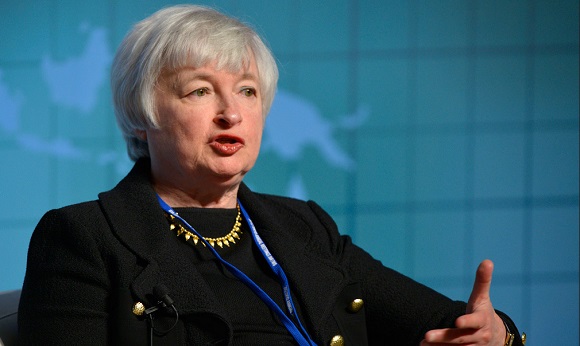By: Jim Nelson of Street Authority
The "King of Beers," AB InBev (NYSE:BUD) has had some problems of late. To solve them, the $178 billion maker of Budweiser and Corona is doing what any large company does in that situation. It's trying to buy a better company and steal their growth.
You may recall the enormous $52 billion merger between Anheuser-Busch and InBev back in 2008. Some investors -- and beer drinkers -- never truly forgave the maker of Bud for relocating overseas. Yet, I don't think that's what's causing the company's operating mess today.
AB InBev suffers from the simple problem of too few drinkers. For the first time in 30 years, beer volume is set to decrease globally this year.
To make matters worse, the major beer makers like InBev have been forced to compete with an explosion of craft beer and smaller breweries like Dogfish Head and New Belgium.
The volume of craft beer sold in the United States has more than tripled over the last decade: Continue reading "A Clear Winner Is Emerging From The 'Megabrew' Merger"


